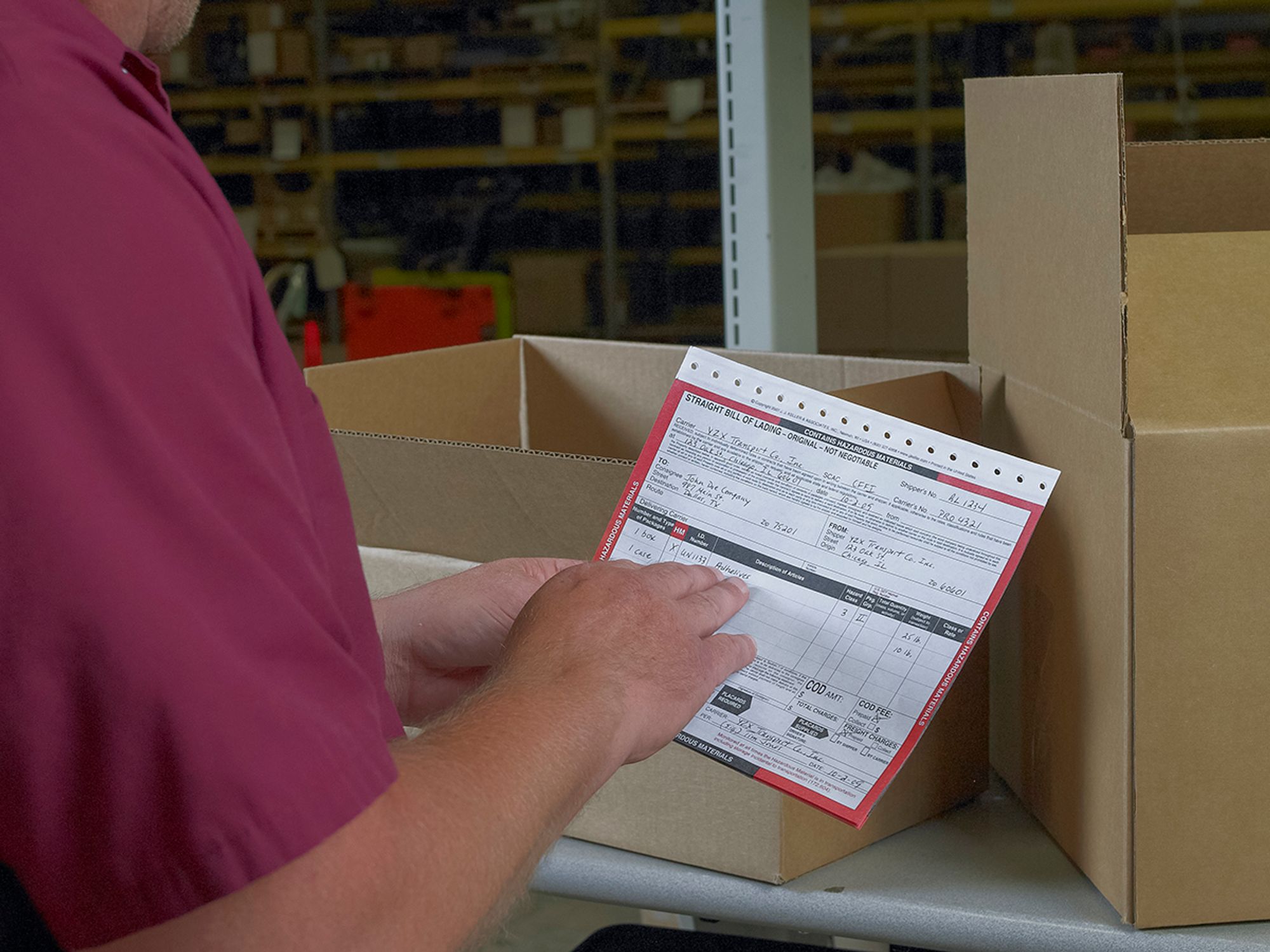Packing groups

- Packing groups determine how hazardous a material is, which calls for more restrictive packaging requirements.
The more hazardous the material, the more restrictive the packaging requirements will be. This is not just determined by the hazard class, but also by the degree of hazard, i.e., the packing group.
- Packing Group I — Great Danger
- Packing Group II — Medium Danger
- Packing Group III — Minor Danger
Example: Not all flammable liquids present the same degree of danger, and the packaging requirements recognize this. The packaging requirements for a Packing Group I, Class 3 (flammable) material (initial boiling point less than or equal to 35°C) are more restrictive than for a Packing Group II, Class 3 material (flashpoint less than 23°C, initial boiling point greater than 35°C).
Packaging test requirements are more or less restrictive depending upon the Packing Group of the material for which the package is to be used.
Example: For a material with a specific gravity £1.2, the drop height for Packing Group I is 1.8 m (5.9 feet), Packing Group II is 1.2 m (3.9 feet) and Packing Group III is 0.8 m (2.6 feet). For a material with a specific gravity >1.2, a formula exists for each packing group that is to be used in determining the drop height.
All packages or packaging (bulk and non-bulk) must comply with the “General requirements for packagings and packages” (173.24), including: new and reused packagings, and specification and non-specification packages, unless excepted. These requirements are in addition to those that Part 178 spells out. In addition, non-bulk packagings and packages must also be in compliance with the requirements of 173.24a “Additional general requirements for non-bulk packagings and packages,” and bulk packagings with the requirements of 173.24b “Additional general requirements for bulk packagings.”
